Introduction to Perimeter Security: Unit 3 Presentation
VerifiedAdded on 2022/10/11
|7
|483
|22
Presentation
AI Summary
This presentation, created for a Unit 3 individual project, provides an overview of perimeter security. It covers five key topics: state-based filters, demilitarized zones (DMZs), intrusion prevention systems (IPS), intrusion detection systems (IDS), and proxy firewalls. Each topic includes an explanation of how the security method works, along with its advantages. The presentation, designed with 5-7 slides and detailed speaker notes, aims to elucidate the practical aspects of perimeter security, offering insights into the functionality, benefits, and trade-offs associated with each chosen method. The presentation includes a cover slide and a reference slide to ensure a complete and well-structured analysis of the subject matter.
1 out of 7

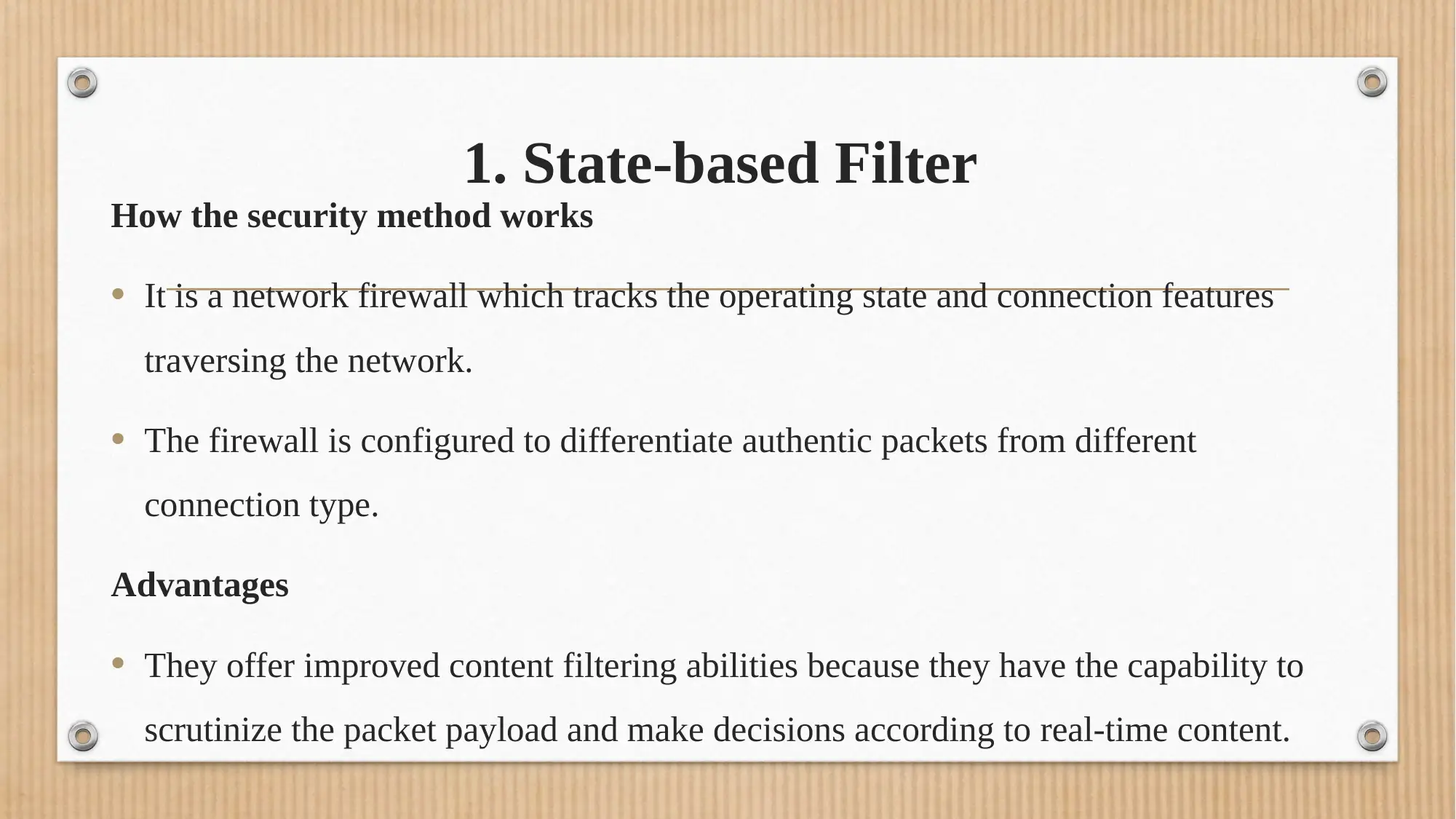
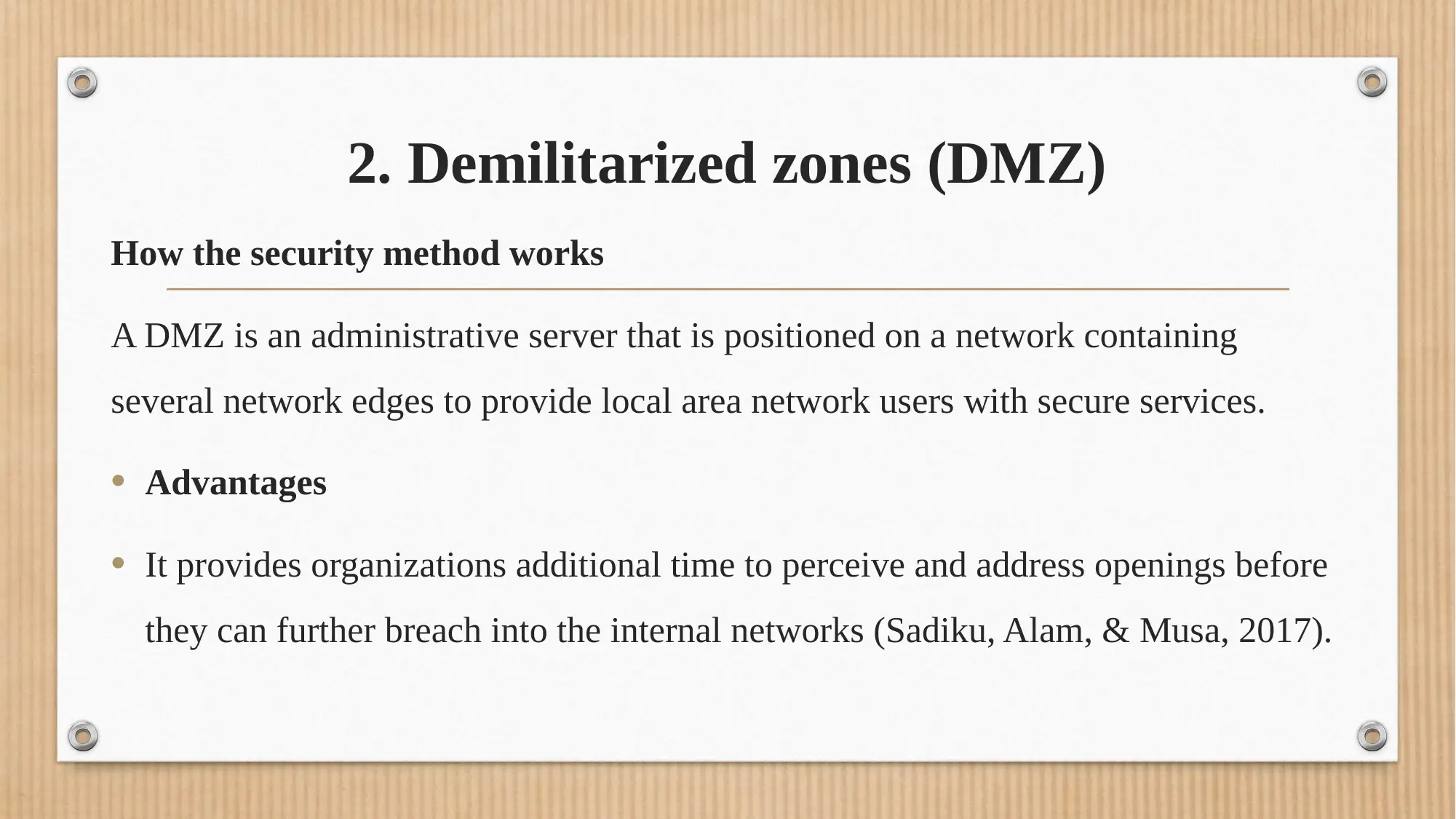

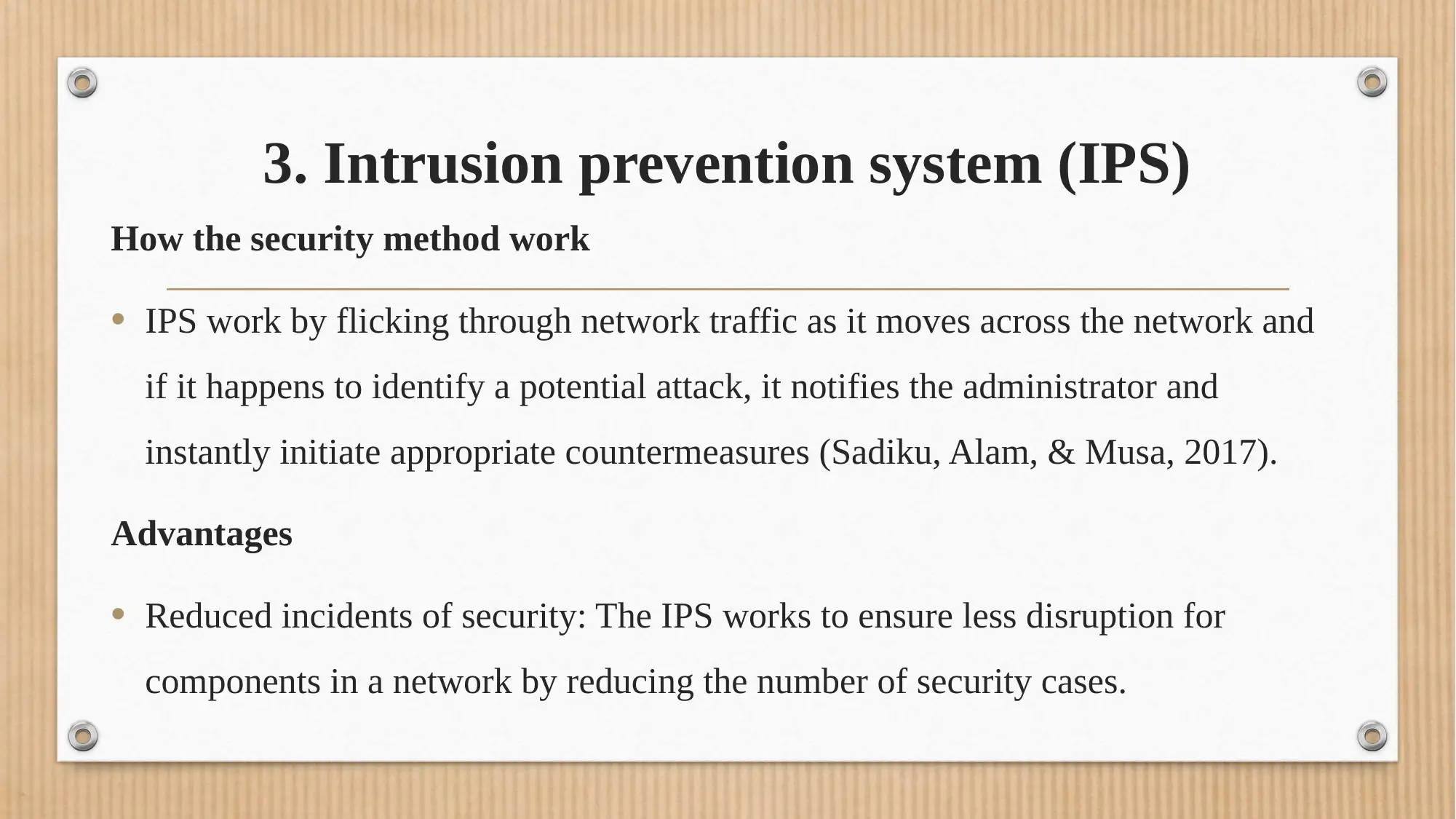
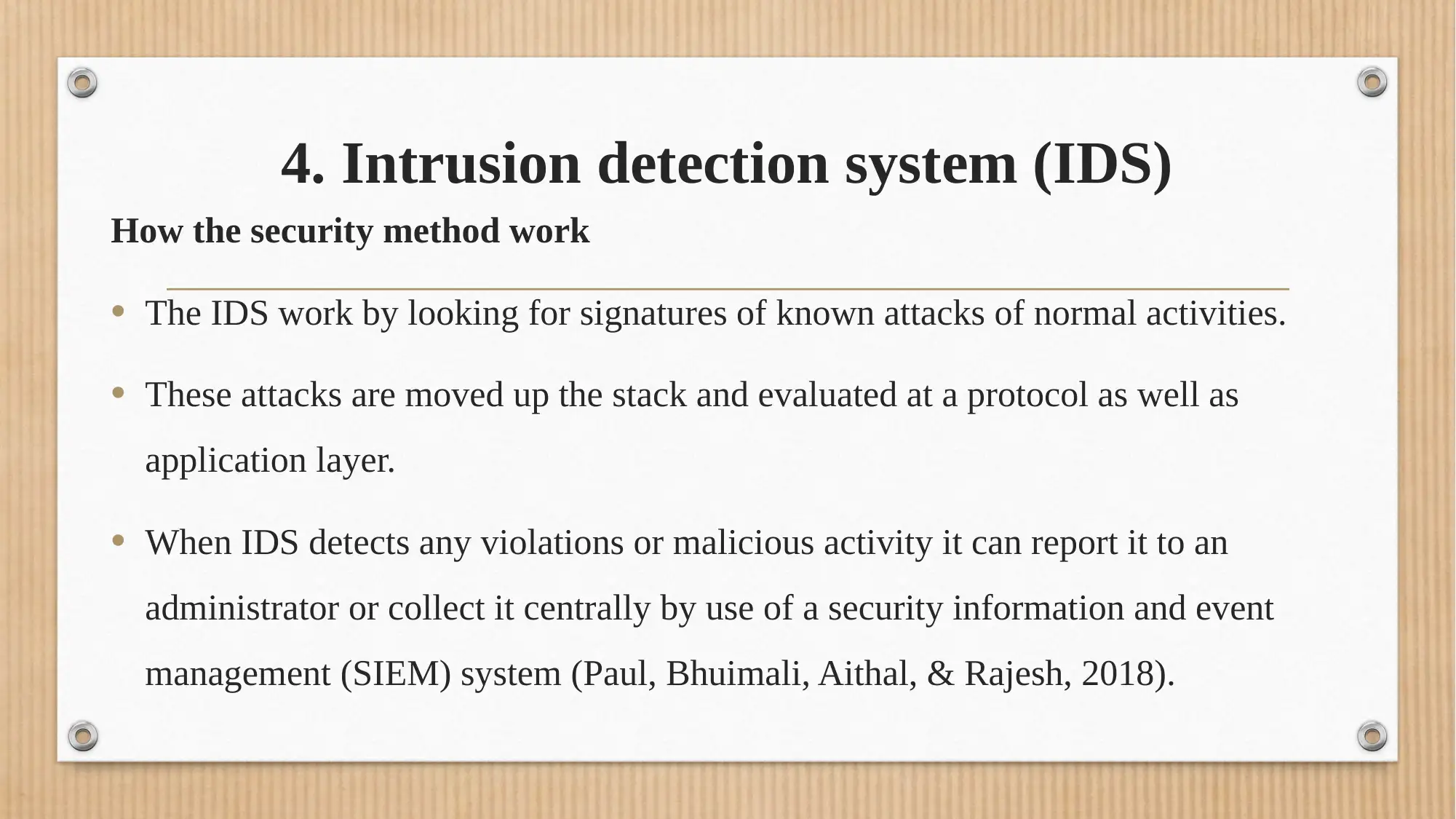
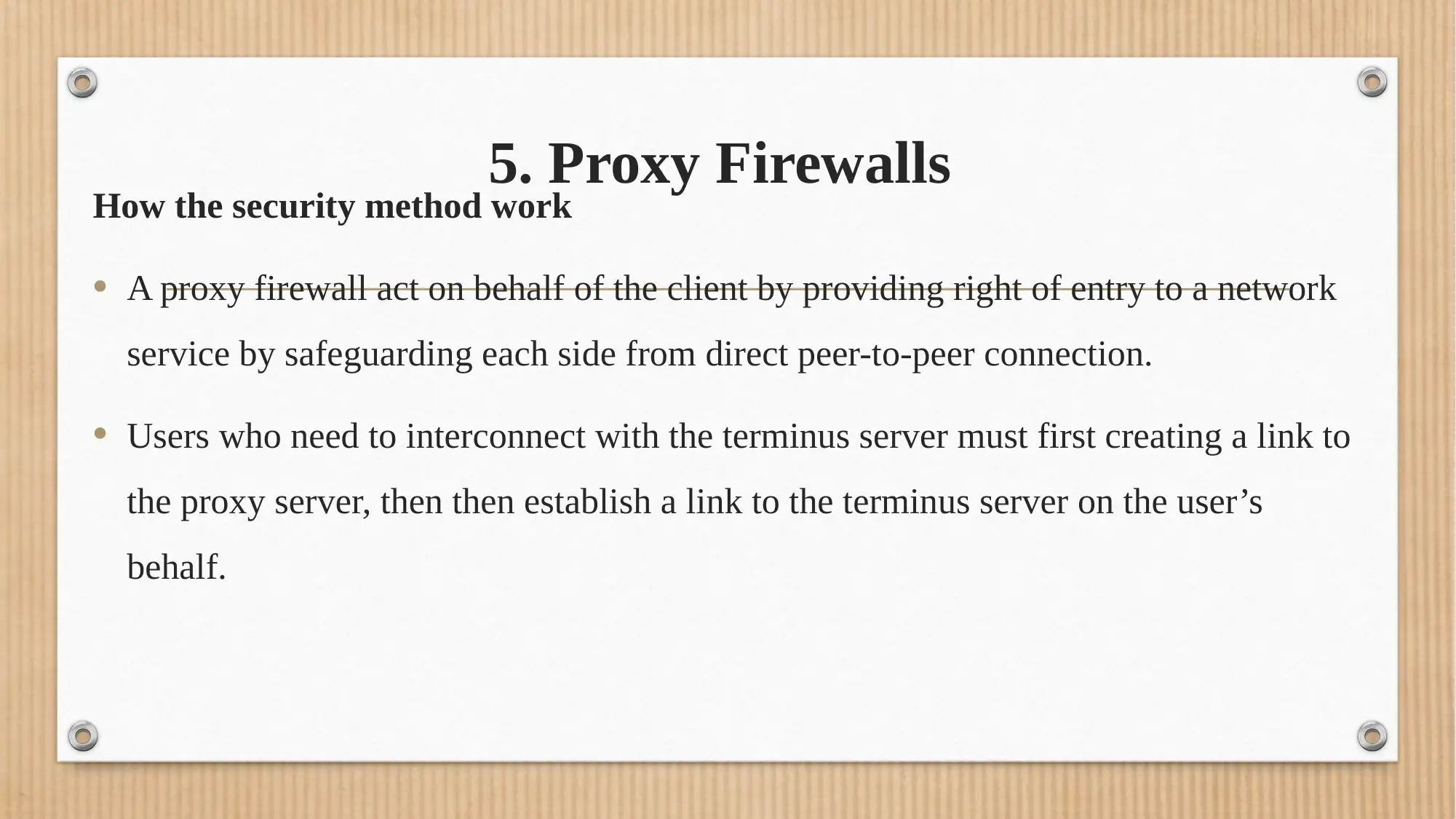
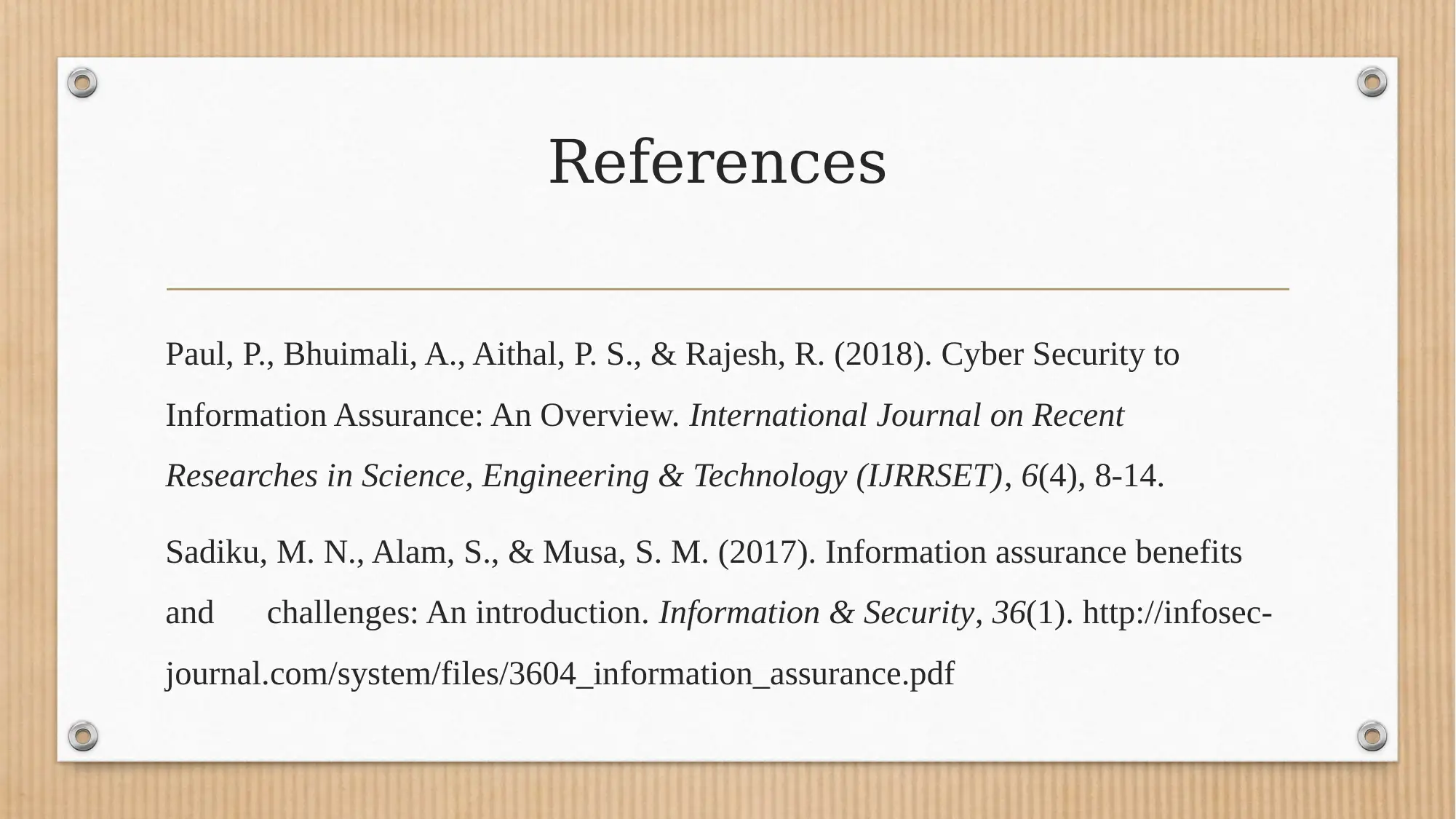

![[object Object]](/_next/static/media/star-bottom.7253800d.svg)